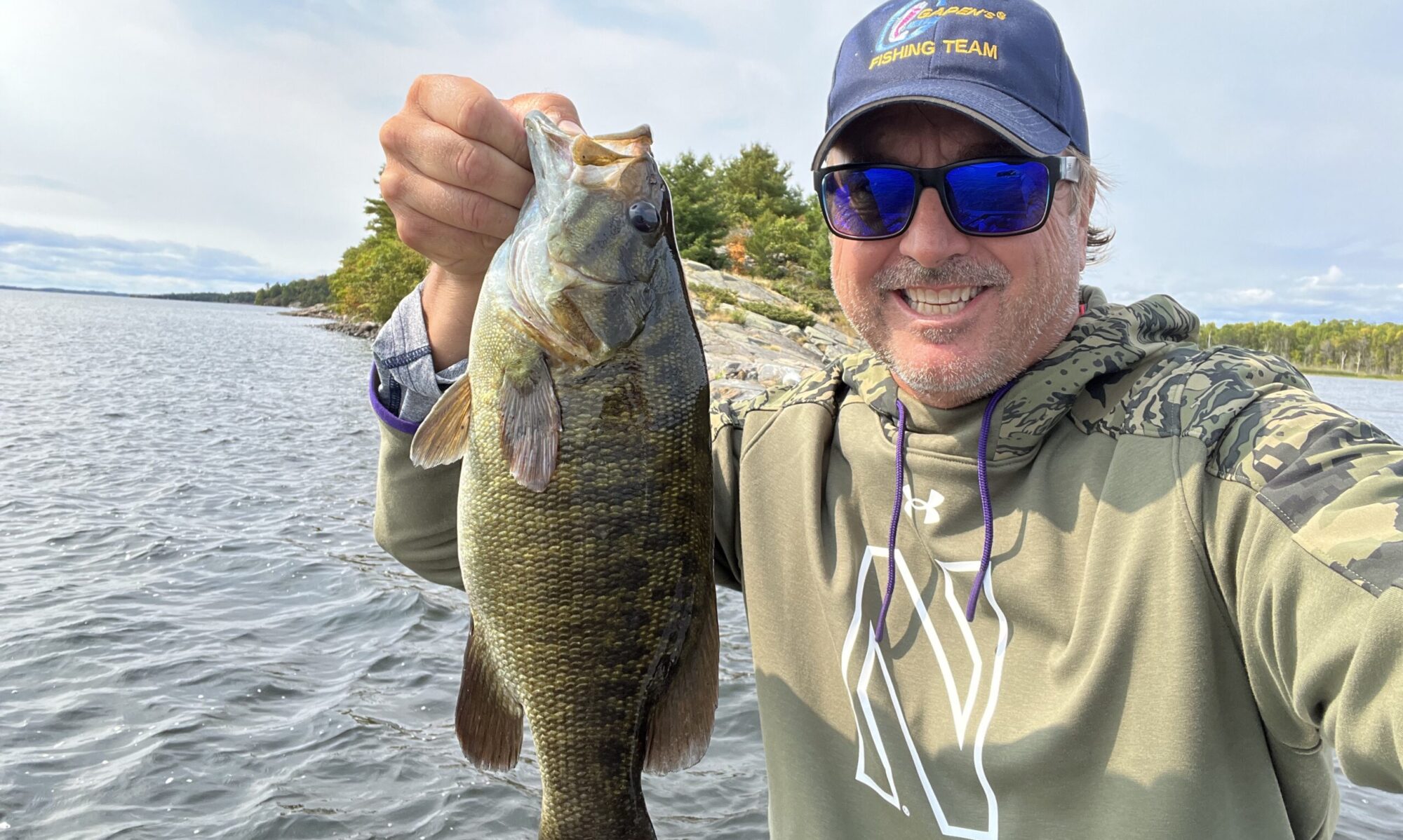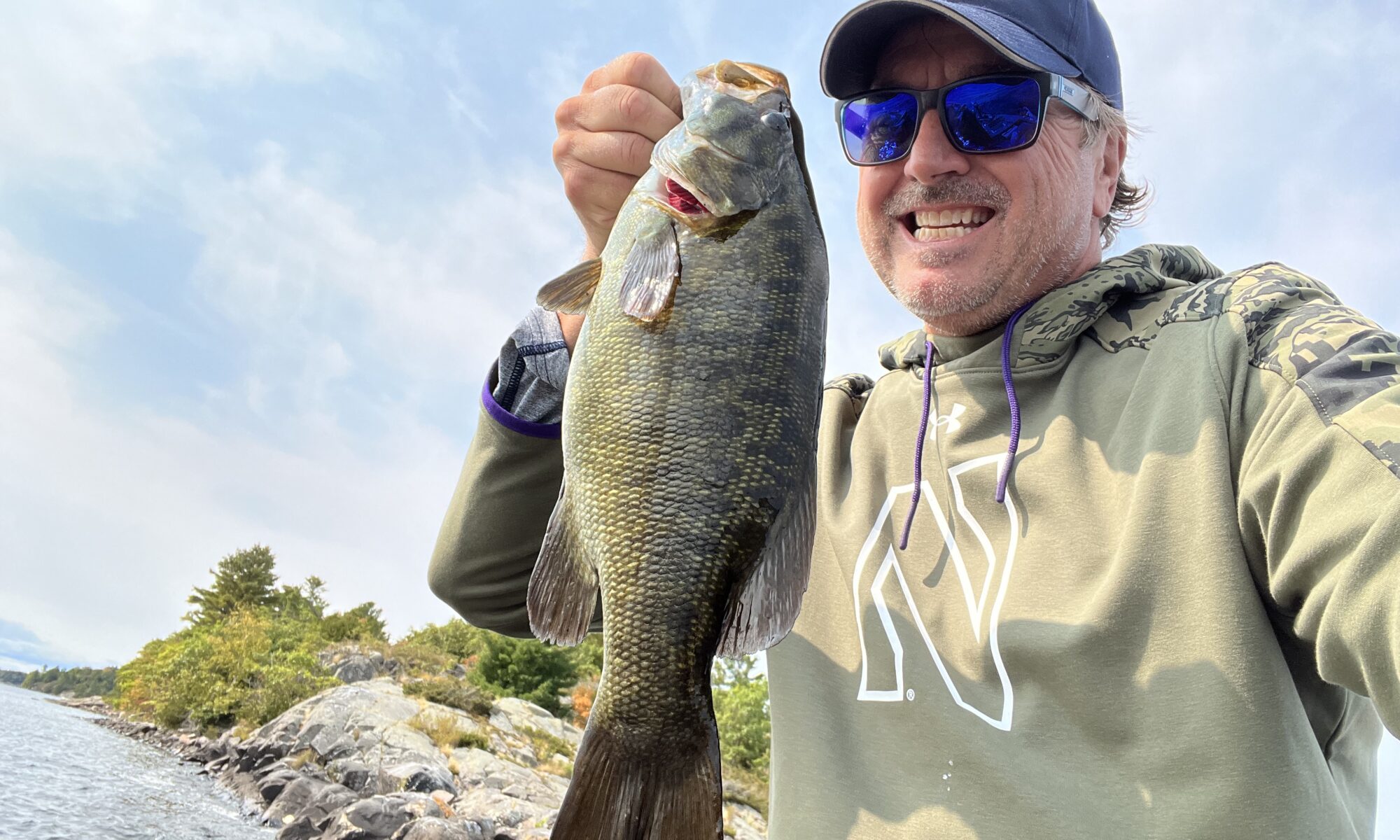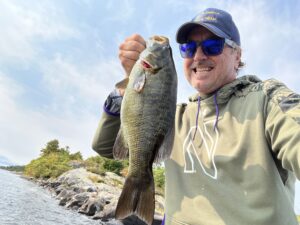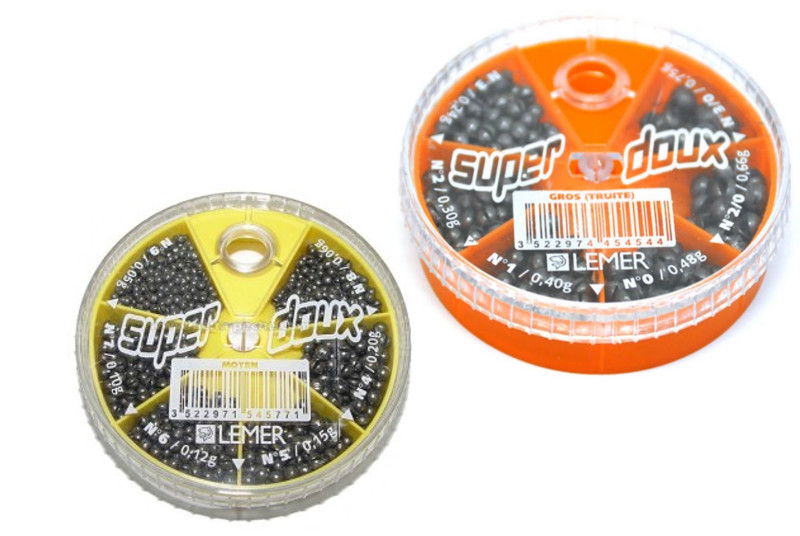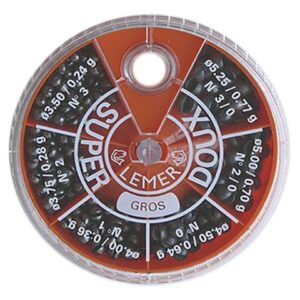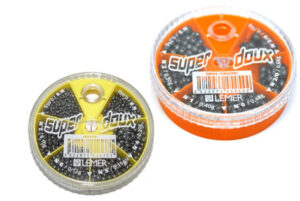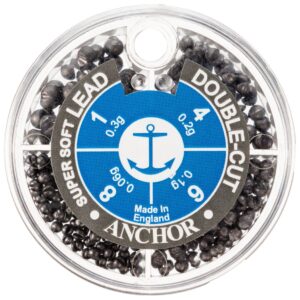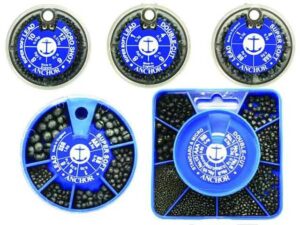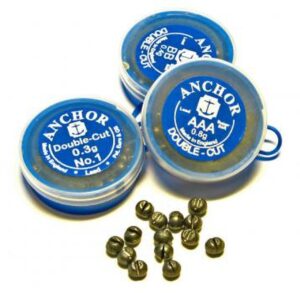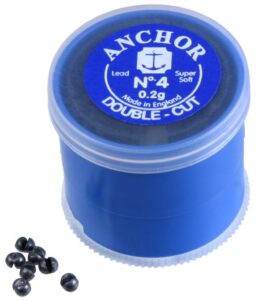How to catch fish… you may have questions.
One of the best ways to learn how to catch a fish is by hiring a fishing guide. Catching a fish can be a fun and rewarding activity! You can also learn a lot on our YouTube Fishing Channel Here’s a step-by-step guide on how to catch a fish:
- Choose the right fishing spot: Look for a location with good fishing potential, such as rivers, lakes, or ponds. Research the area to see what types of fish are commonly found there.
- Get the right fishing equipment: You’ll need a fishing rod, fishing line, hooks, sinkers, and bait. Make sure to choose the appropriate size and strength of the fishing gear based on the type of fish you want to catch.
- Learn different fishing techniques: There are various fishing techniques depending on the type of fish and fishing spot. Some common techniques include pole fishing, spin casting, bait casting, trolling, and fly fishing. Research and practice the technique that suits your fishing situation.
- Bait your hook: Attach the bait to your hook. Different fish are attracted to different types of bait, so research the preferences of the fish you’re targeting. Common baits include worms, minnows, or artificial lures. Live bait catches the most fish.
- Cast your line: Stand at the water’s edge or in a boat and cast your line out into the water. Practice your casting technique to get the distance and accuracy you desire.
- Be patient and observant: Fishing requires patience and paying attention to your surroundings. Observation is key in how to catch fish. Watch for signs of fish, such as ripples in the water, birds diving, or fish jumping. Stay quiet and still to avoid scaring away the fish.
- Set the hook: When you feel a tug or see your fishing line move, it’s time to set the hook. Quickly jerk your rod upward to embed the hook into the fish’s mouth. Hook set timing is a key in how to catch fish.
- Play the fish: Once the fish is hooked, play the fish with the rod -start reeling it in. Keep a steady tension on the line and use the rod to guide the fish towards you. The rod is the best tool in playing the fish. Be careful not to reel too fast or give the fish too much slack. Keeping tension using the rod (not the reel so much) is important in your how to catch fish mission.
- Land the fish: Once the fish is close to shore or the boat, carefully lift it out of the water using a net or your hands if it’s safe to do so. Be mindful of any sharp fins or teeth the fish may have.
- Release or prepare the fish: If you’re fishing for fun or conservation purposes, gently remove the hook and release the fish back into the water. If you’re fishing for food, prepare the fish for cooking and enjoy a tasty meal!
Remember, the more you practice, the better you’ll become at catching fish. A fishing guide like Johnny will help you have a lot more success with fish. Enjoy the process, stay safe, and have a wonderful time fishing!
